We are now able to preserve rare and almost extinct plant species and hand them down to future generations.
The Korea National Arboretum, part of the Korea Forest Service, recently announced that it has succeeded in preserving and proliferating some 400 types of rare plants and 157 types of native species at its preservation facilities and its seed bank. As more and more wild resources become extinct due to environmental pollution, it is considered quite important to preserve plants and nature.
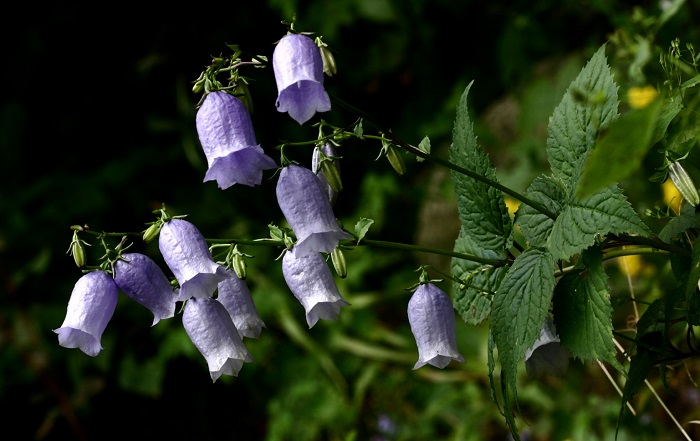
Currently, efforts to preserve botanical diversity are being made worldwide. In line with the Global Strategy for Plant Conservation (GSPC) 2020 adopted at the Convention on Biological Diversity (CBD) held in Nagoya in 2010, a mission was given to each and every country to preserve 75 percent of their rare and almost extinct plant species by 2020.
The Korea National Arboretum has so far preserved 70 percent of its rare species. They expect to complete their GSPC 2020 mission earlier than required.
By Lee Seung-ah
Photos: Korea National Arboretum
Korea.net Staff Writer
slee27@korea.kr
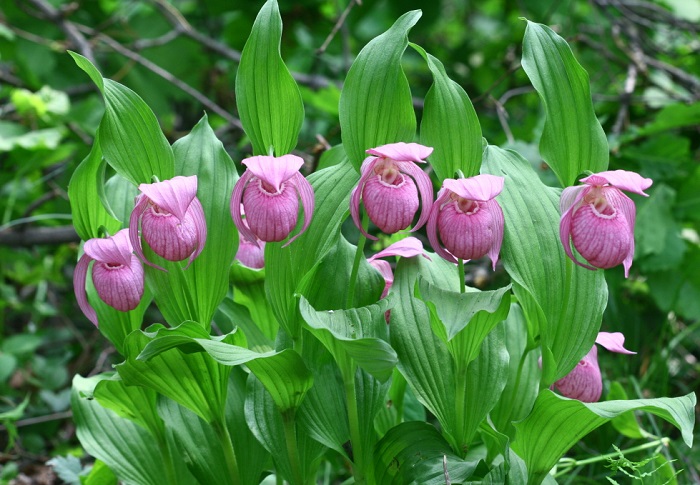
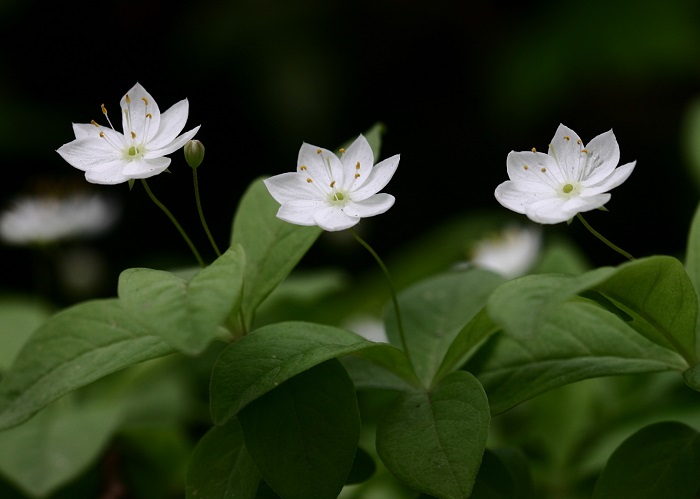
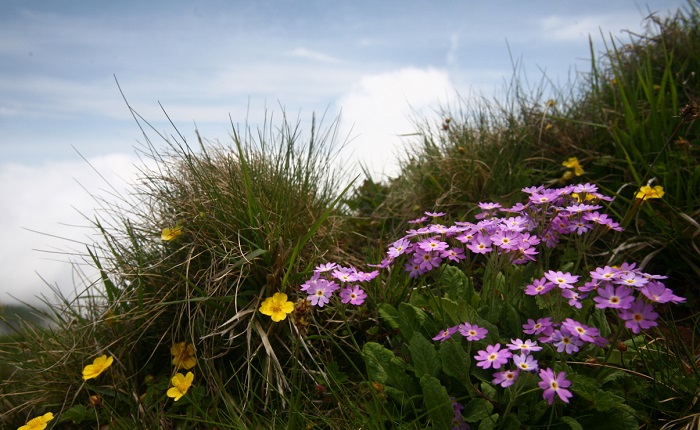
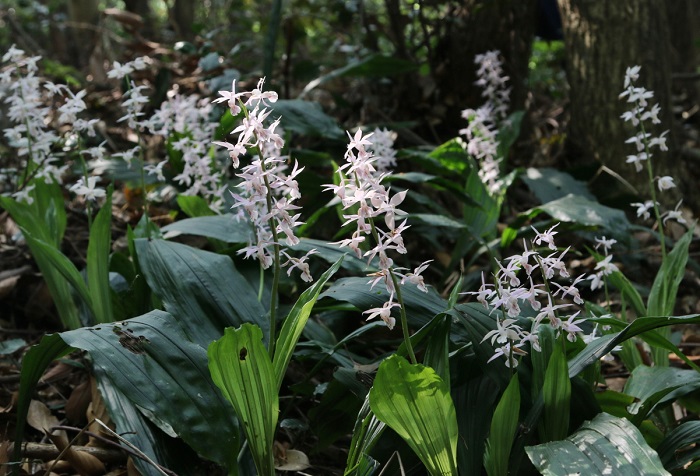
The Korea National Arboretum, part of the Korea Forest Service, recently announced that it has succeeded in preserving and proliferating some 400 types of rare plants and 157 types of native species at its preservation facilities and its seed bank. As more and more wild resources become extinct due to environmental pollution, it is considered quite important to preserve plants and nature.

Pictured is the Geumgang Bellflower, so named as it was first discovered on the slopes of Geumgangsan Mountain. It is a flower of one species and one family, native to the Korean Peninsula.
Currently, efforts to preserve botanical diversity are being made worldwide. In line with the Global Strategy for Plant Conservation (GSPC) 2020 adopted at the Convention on Biological Diversity (CBD) held in Nagoya in 2010, a mission was given to each and every country to preserve 75 percent of their rare and almost extinct plant species by 2020.
The Korea National Arboretum has so far preserved 70 percent of its rare species. They expect to complete their GSPC 2020 mission earlier than required.
By Lee Seung-ah
Photos: Korea National Arboretum
Korea.net Staff Writer
slee27@korea.kr

The lucky bag orchid, technically known as Cypripedium macranthum Sw., is classified as a second-class endangered species.

Chickweed wintergreen, or Trientalis europaea L., grows in the northern regions of Korea. It is classified as a second-class endangered plant.

Hepatica, whose scientific name is Primula modest, grows from the cracks of rocks in the mountains.

Calanthe aristulifera Rchb.f. can be seen across southern regions of Korea, including on Jeju Island.
